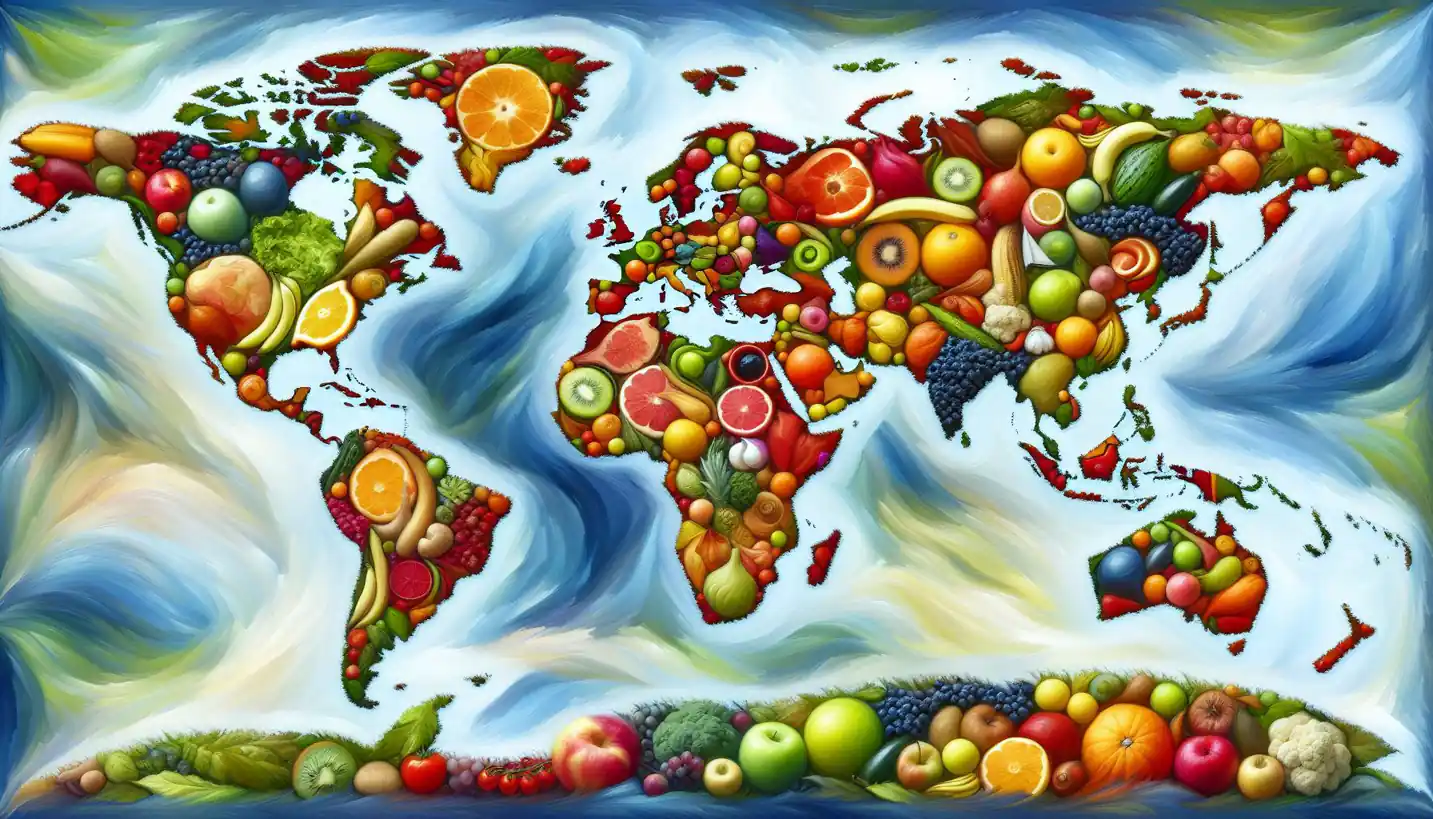· Geography · 4 min read
Gaining Stream: Insights and Wonders of Our Waterways
Gaining stream offers insights into our captivating waterways. Delve into how streams gain water, sustaining life and shaping landscapes.

Water is one of the most mysterious and essential parts of our planet. Think of gaining streams as the unsung heroes of the hydrology world. They play a crucial role in how water flows through our landscapes and sustains life. But what exactly is a gaining stream, and why does it matter?
Imagine you’re on a hike through a lush, green valley, and you come across a stream. This little waterway is bubbling merrily along, but it’s actually part of a bigger story. A gaining stream is one that receives water from the surrounding groundwater. Basically, as this stream flows, it collects additional water from underground sources.
Now, why is this important? Well, gaining streams help keep water levels stable in rivers and creeks, even during dry spells. They act like a backup hydrant, ensuring that our aquatic ecosystems have enough water to thrive. Understanding gaining streams can give us insights into how our environment works and how we might protect it.
How Gaining Streams Work
Picture the ground beneath your feet. We often think of it as just dirt and rocks, but there’s a lot happening under the surface. Groundwater is the water found in cracks and spaces in soil, sand, and rock. It’s stored in these aquifers, like underground reservoirs. In some areas, the water table—the top surface of the groundwater—is higher than the bed of a stream. When this happens, water flows from the ground into the stream, feeding it continuously.
The Role of Groundwater
Groundwater is like a hidden lifeline. It supplies fresh water not just to streams but also to wells and reservoirs. Many plants and animals rely on consistent water flow, making gaining streams critical for biodiversity. They provide habitat and act as corridors for aquatic life to move and thrive. For humans, these streams are essential for agriculture and drinking water.
Telling the Difference: Gaining vs. Losing Streams
Not all streams are gainers. Some lose water to the ground, hence the name “losing streams.” In these cases, the water table is below the stream bed, and water seeps down into the earth. Imagine pouring water onto a dry sponge—the sponge absorbs the water much like the ground absorbs stream water in losing streams.
Why Gaining Streams Are Vital
Water sustainability is a hot topic. As climate change causes more extreme weather patterns, understanding gaining streams helps us manage water resources better. They can indicate the health of the surrounding environment. For example, if a gaining stream starts losing water, it might be a sign that groundwater levels are dropping.
The Human Impact
However, gaining streams are not immune to human activities. Over-pumping groundwater for agriculture, deforestation, and urban development can all affect these critical water sources. It’s crucial to monitor and manage our groundwater use to keep these streams healthy and flowing.
Protecting Our Waterways
What can we do to protect gaining streams? It starts with sustainable water management. This means using water wisely, avoiding pollutants that can seep into our groundwater, and protecting natural landscapes. Planting trees and restoring wetlands can also help maintain the delicate balance needed for healthy gaining streams.
The Future of Our Streams
Water continues to be a precious resource, and gaining streams teach us that the relationship between surface water and groundwater is complex. Future research could lead to better water management practices that protect these streams. Scientists are exploring how climate change might affect the balance of these subterranean water networks.
Questions for Curiosity
So next time you’re near a stream, think about the hidden world of groundwater nourishing it. How might we ensure the sustainability of these critical waterways? Could technologies or conservation efforts offer solutions to protect our gaining streams? These questions spark curiosity and drive the research needed to secure a future where our water is abundant and life-sustaining.
By appreciating the natural processes of gaining streams, we gain a deeper understanding of our environment and learn crucial lessons on living in harmony with our planet. Water, after all, is a fundamental thread that connects all life on Earth.


